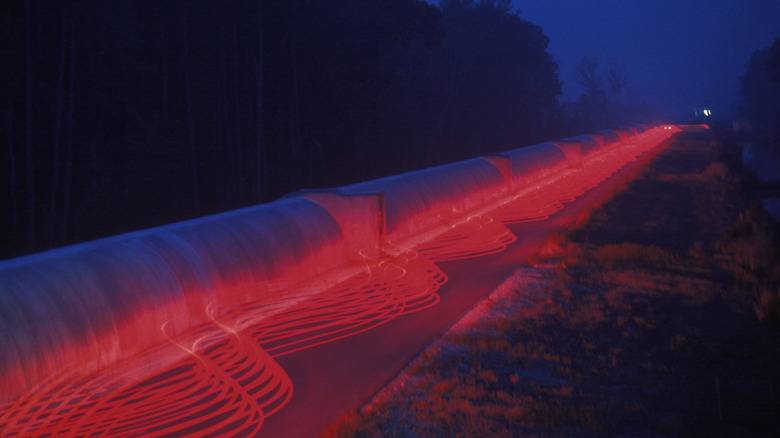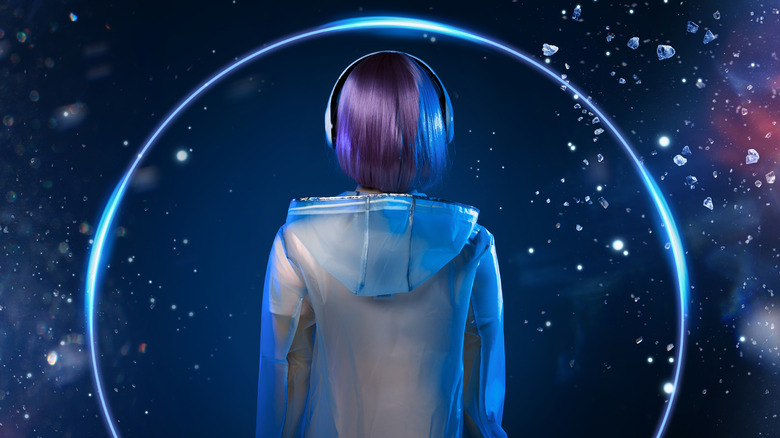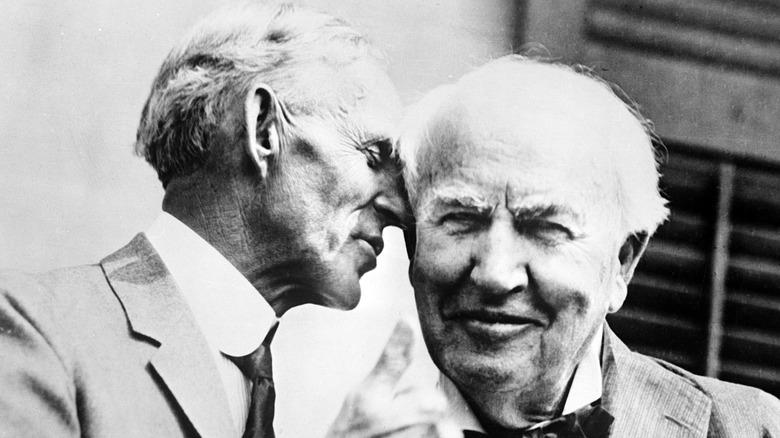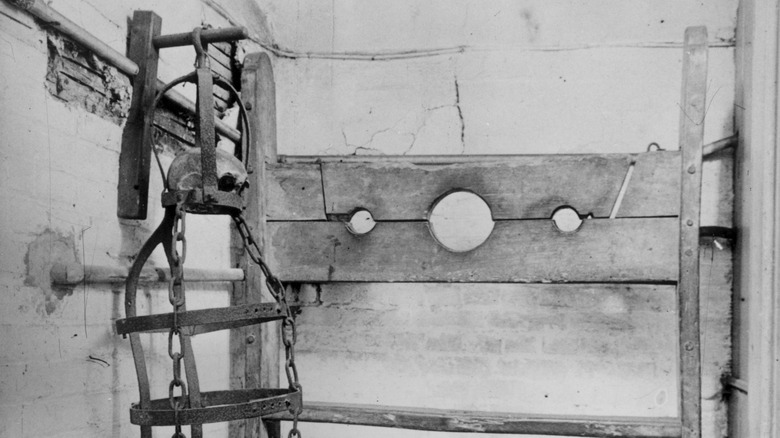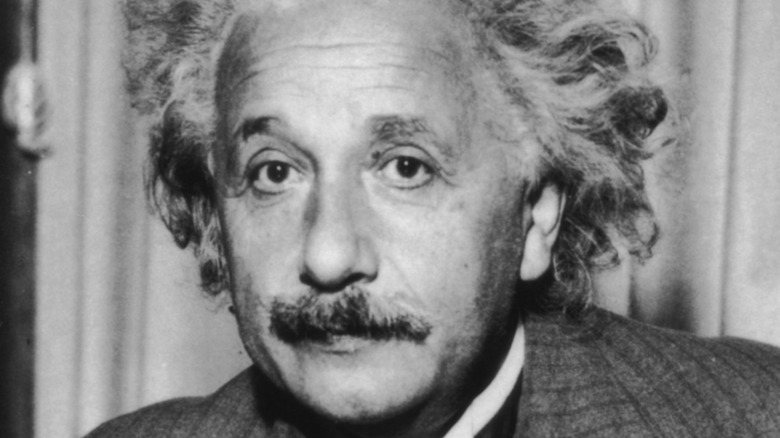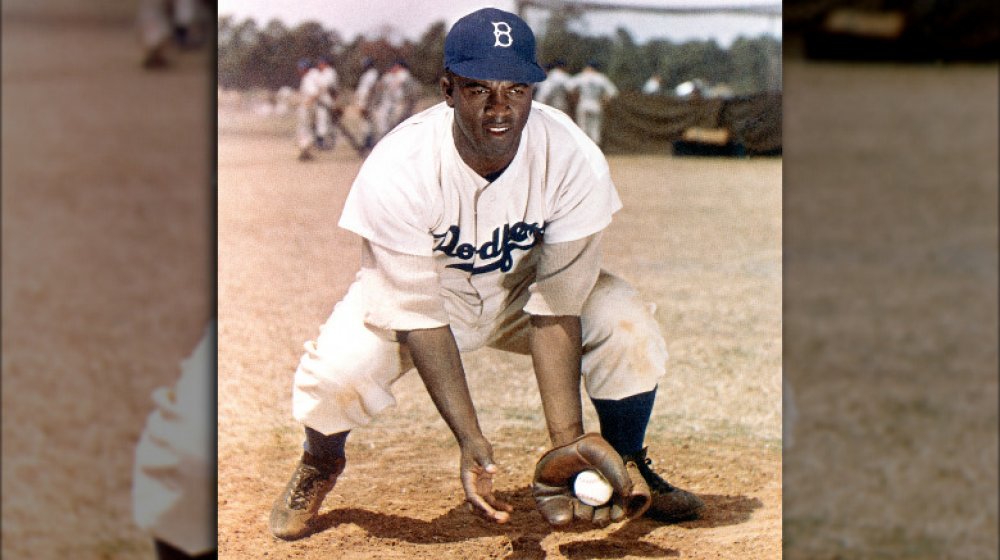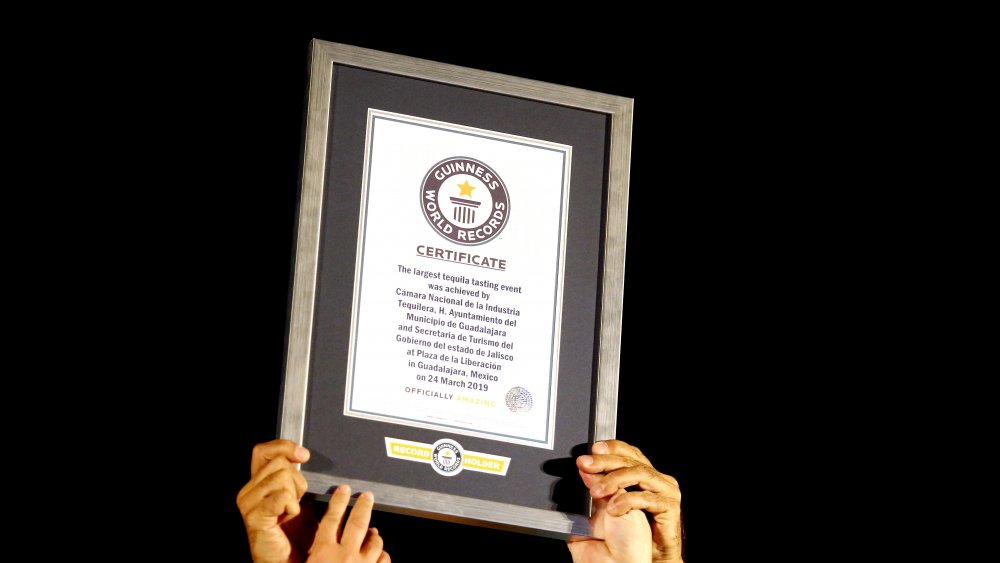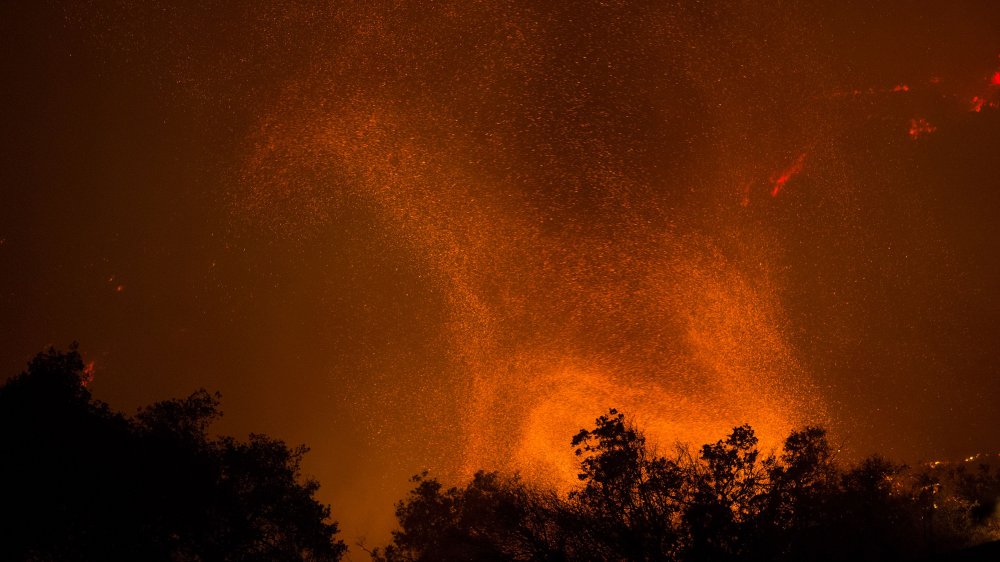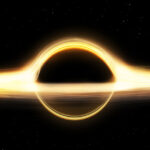
The Bizarre Sound Black Holes Make When They Collide
In what definitely falls under the “huh … well that was unexpected” category of news, you can head over right now to NASA’s Soundcloud account and listen to a black hole. Yes, you can “listen” to a gravitational void in space from which no light escapes, created when the gravity of a star overpowers the pressure its ventilating helium and hydrogen exerts to keep it inflated. (Also maybe equally shocking: Yes, NASA has a Soundcloud account.)
Black holes are definitely one of the more well-known cosmic phenomenon, partially because it’s easy to envision a giant space “hole” around which things swirl like a drain, and because film and TV have used the heck out of them as plot devices — Christopher Nolan sending Matthew McConaughey into the 4D library in the black hole Gargantuan in “Interstellar” (2014), Disney’s “The Black Hole” (1979), and more besides.
The basics about black holes are pretty well known by now. As National Geographic summarizes, star gets big, star goes boom, shrinks back down, traps everything inside: presto. Supermassive black holes bind galaxies around a central point, like Sagittarius A in the center of our Milky Way, a rather tiny specimen that’s only 4 million times as dense as our sun. Even black holes, however, will eventually vanish. As Hawking radiation illustrates, per Science Alert, they lose energy over time in the form of “virtual” particles split from their quantum pair by extreme gravity.
Until then, though? We can “listen” to the sounds of two of them colliding.
Measuring gravitational waves using lasers
So what does it sound like when two black holes collide? Thanks to a collaboration between MIT and Caltech, we can hear the “sounds” picked up by their LIGO Observatory (posted on YouTube), something like a deep-sea underwater grumble pricked by little “bloop” bubble sounds. LIGO Observatory’s two stations work in tandem — one in Hanford, Washington, the other in Livingston, Louisiana — and as the LIGO website says, were developed from a proof of concept built and used from 2002-2010. The stations were finalized in 2014 with the help of researchers, engineers, and the like, from over 80 worldwide institutions.
“LIGO” itself stands for “Laser Interferometer Gravitational Wave Observatory,” which is a clue as to how to the stations operate: They measure gravitational waves using lasers. As MIT explains (also on YouTube), LIGO’s kilometers-long “arms” run along the ground and emit light using the purest, clearest mirrors ever created. Thanks to what is admittedly a super ambitious, “bold and visionary” project, we can now for the first time in history measure what Einstein predicted back in 1915 in his Theory of General Relativity.
To help visualize gravitational waves, imagine a bedsheet being held up. Place two heavy objects on the sheet and pull it super taut. Notice the tension around the two objects, and the ripples on the sheet. Because the sheet in this analogy is spacetime itself, the ripples are actually waves of gravity, or “dents,” per the European Space Agency. Black holes are the objects dense enough to “dent” spacetime.
The sonification of space
So how exactly can we “hear” gravitational waves? Well, it’s similar to how you might “hear” something if you place your head on a wall. As Cosmos Magazine explains, sound is a wave of vibration that passes through the air and strikes your ear. Seismic waves shake the ground, but we can’t hear them because the frequency is too low. We can, however, record them and raise the pitch, speed it up, slow it down, and so forth. Same thing with gravitational waves. Boost the volume by a whole lot, and we can hear them.
We’re not hearing the black holes themselves. We’re hearing the gravitational vibrations of space as it stretches and carries objects along with it. Usually, movement causes sound as inertia carries objects through space. In the case of black holes, the expansion of space causes their inertia. Two massive objects like black holes have a lot of tension between them, and as space buckles, bulges, “dents,” what-have-you, it rings in the cosmos like a massive gong. If you want to visualize two black holes colliding, swirling around each other, locked like twin gladiators, then LIGO has another video on YouTube for you.
As the Independent shows, the “sonification” of space sounds isn’t all too uncommon. NASA’s Chandra X-Ray Centre in Cambridge, Massachusetts, has done for x-rays what LIGO has done for gravitational waves. Per The Guardian, there’s even an entire album, “Celestial Incantations,” that incorporates space sounds.
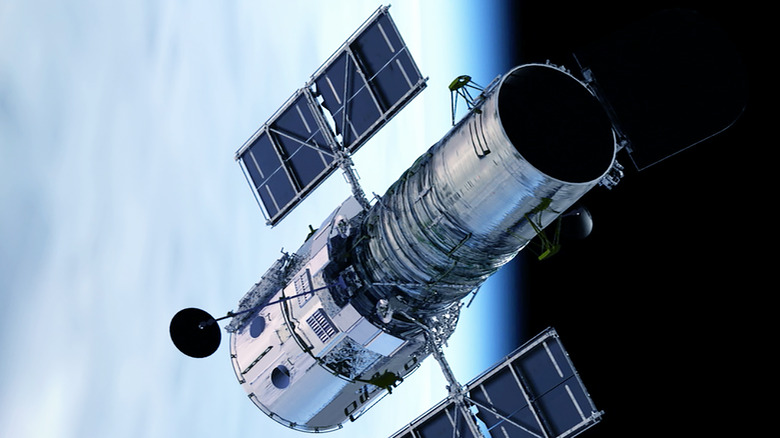
This Might Be The Oldest Galaxy In The Universe

These Were Serial Killer Carl Panzram's Chilling Last Words

How The Black Mafia Family Became The Drug Trafficking Kings Of Detroit

What Would Happen If Your Brain Was Split In Half

The Sad Truth Of The Little Albert Experiment

Zookeepers Who Died Tragically On The Job

The Bizarre Way Netflix Tried To Encourage Binge-Watching

Trent Reznor And Marilyn Manson's Feud, Explained

Things Christopher Walken Fears The Most
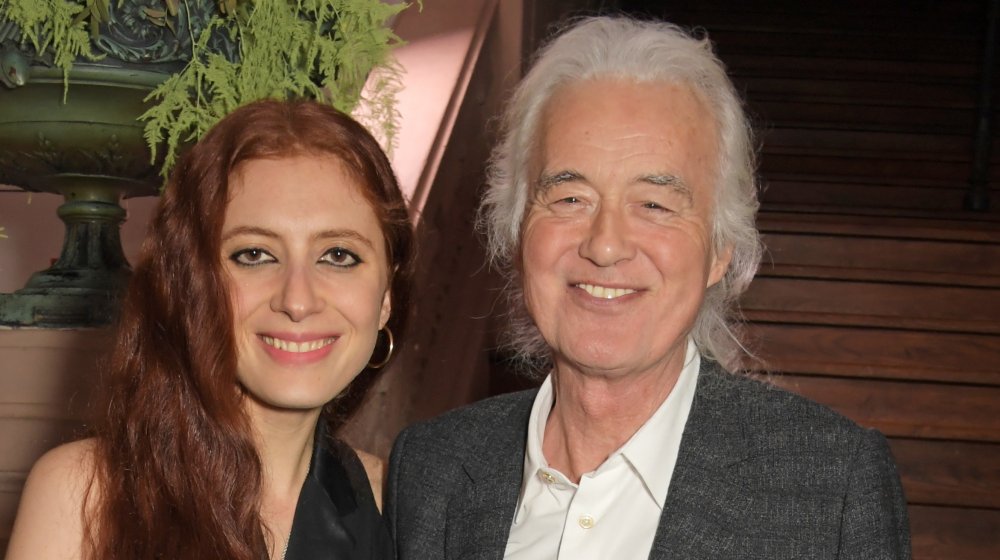
The Truth About Jimmy Page And Scarlett Sabet's Relationship
